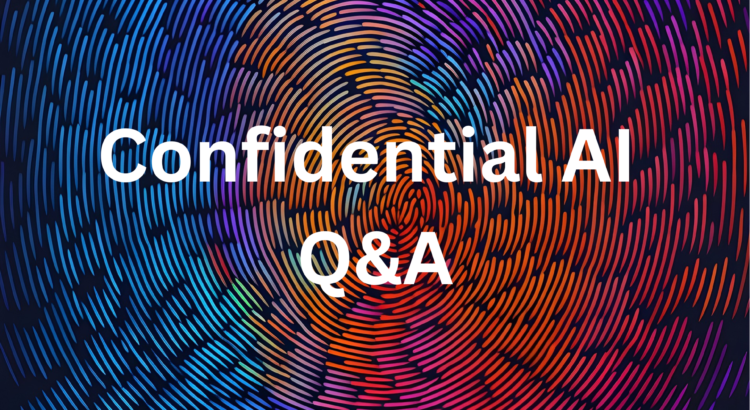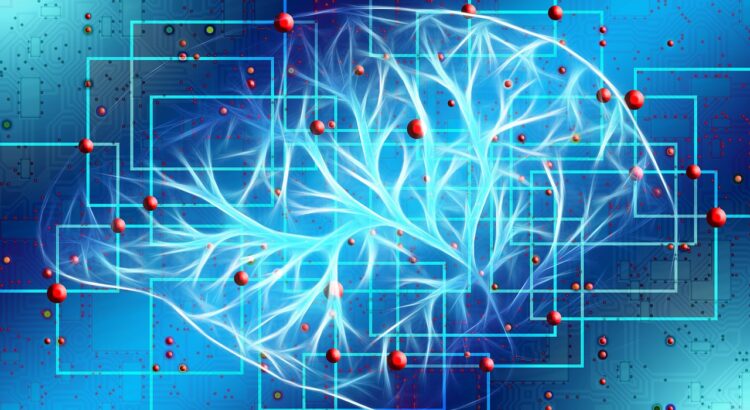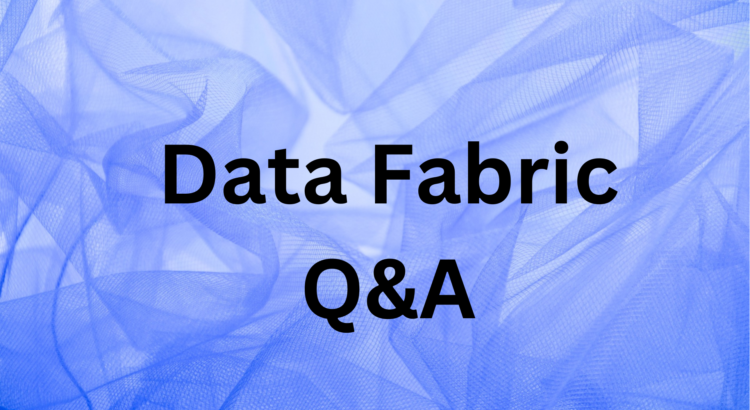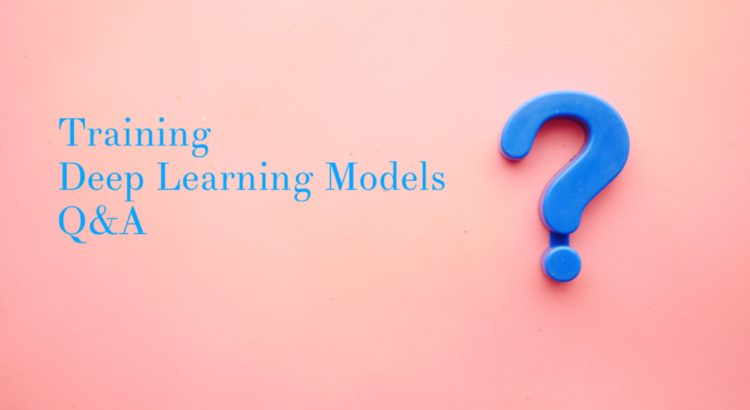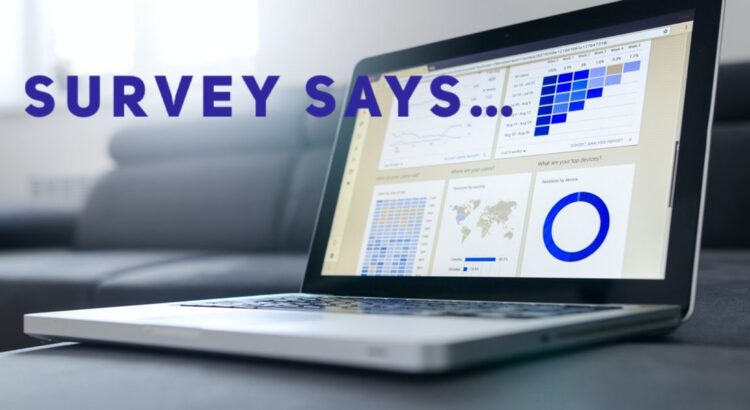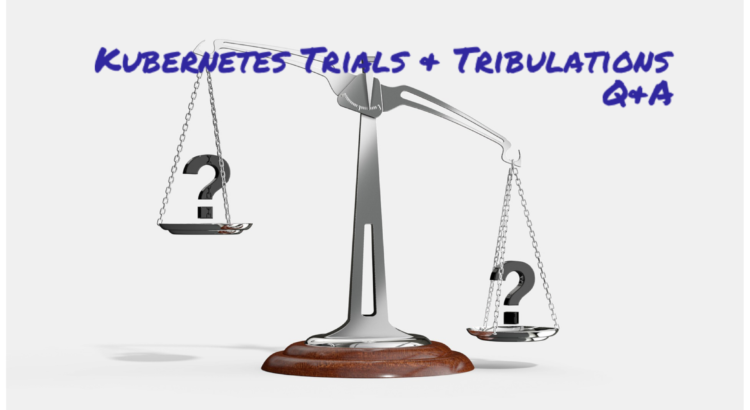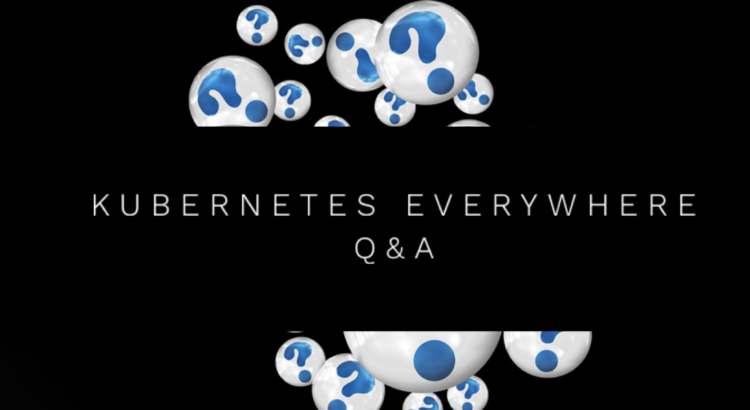Confidential AI is a new collaborative platform for data and AI teams to work with sensitive data sets and run AI models in a confidential environment. It includes infrastructure, software, and workflow orchestration to create a secure, on-demand work environment that meets organization’s privacy requirements and complies with regulatory mandates. It’s a topic the SNIA Cloud Storage Technologies Initiative (CSTI) covered in depth at our webinar, “The Rise in Confidential AI.” At this webinar, our experts, Parviz Peiravi and Richard Searle provided a deep and insightful look at how this dynamic technology works to ensure data protection and data privacy. Here are their answers to the questions from our webinar audience.
Q. Are businesses using Confidential AI today?
A. Absolutely, we have seen a big increase in adoption of Confidential AI particularly in industries such as Financial Services, Healthcare and Government, where Confidential AI is helping these organizations enhance risk mitigation, including cybercrime prevention, anti-money laundering, fraud prevention and more.
Q: With compute capabilities on the Edge increasing, how do you see Trusted Execution Environments evolving?
